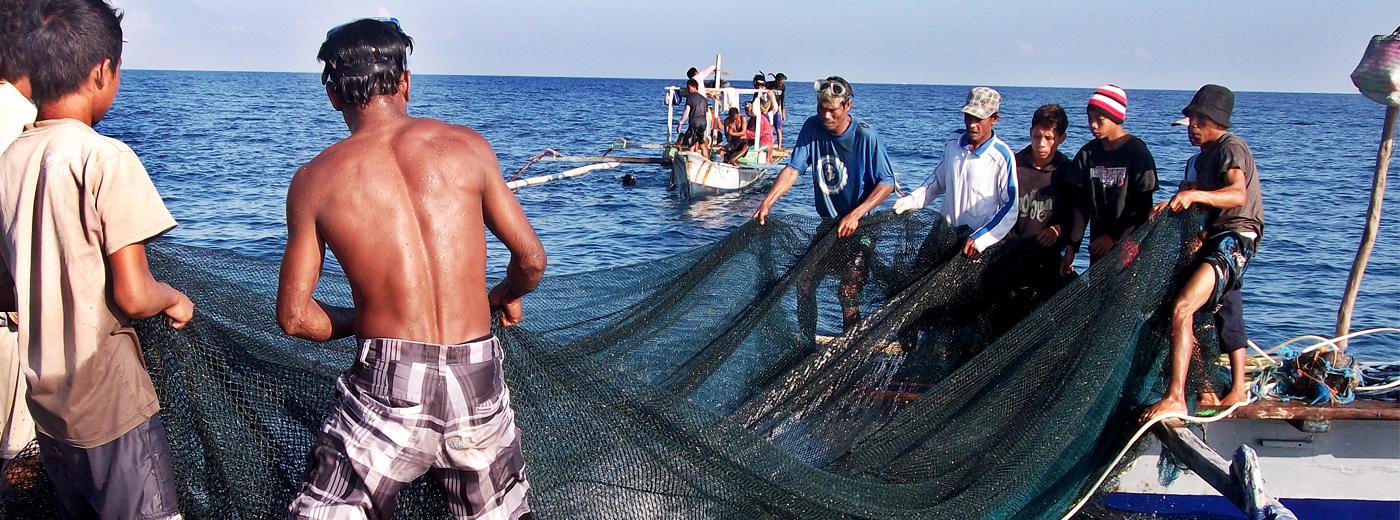Two blueprints for investments in Chile’s struggling fishing industry suggest ways to restore depleted fishing stocks, improve local livelihoods and turn a profit for impact investors.
Investing in Sustainable Global Fisheries outlines approaches for small-scale and industrial-scale fisheries in Chile as example of broader opportunities. Encourage Capital, an impact asset management firm, developed the strategies to create economic incentives for fishermen and women, processors and distributors to both revive fish stocks and local economics.
 Jason Scott, co-managing partner of Encourage Capital, said the blueprints show how “to invest in real projects and opportunities on the ground to generate potentially commercial financial returns while at the same time achieving critical environmental and social impact goals.”
Jason Scott, co-managing partner of Encourage Capital, said the blueprints show how “to invest in real projects and opportunities on the ground to generate potentially commercial financial returns while at the same time achieving critical environmental and social impact goals.”
The takeaway: healthy fisheries are more profitable than fisheries in distress. There is ample room for improvement: poor management costs the global fishing industry $50 billion a year (out of $900 billion in total revenues).
“If any other business were losing around five percent of its revenues due to bad management, there would be a strong incentive to change that management structure,”says Ricardo Bayron, also a co-founder of Encourage Capital. “It is high time we changed the way we manage the world’s fisheries.”
One of the blueprints, dubbed the Mariscos Strategy, is a hypothetical $7 million impact investment strategy in seven small-scale fisheries along the Chilean coastline. The investments would implement near-shore fishery management improvements and create more direct channels for artisanal seafood products. The strategy would capture higher value for the products, generate financial and impact returns, and reward fishers for maintaining sustainable fishing practices on an ongoing basis, the report says.
The second blueprint, called the Merluza Strategy, is a $17.5 million impact investment strategy to restore Chile’s distressed common hake fishery. The report says the strategy could triple the sustainable yield of hake, while raising revenues in 12 fishing communities, implement management improvements, acquiring fishing rights and creating new processing and distribution businesses.
The two blueprints are the first in a series presenting hypothetical investment strategies for small-scale, industrial-scale and national scale, in Chile, Brazil and the Philippines. The remaining four blueprints featuring the Philippines and Brazil are to be published later this fall. The work is funded by funded by the Rockefeller Foundation and Bloomberg Philanthropies’ Vibrant Oceans Initiative, which also includes Oceana and Rare.
“The models that Encourage has developed unleash the imagination and get people thinking of the kinds of investments that are possible and how to structure them,” said Brett Jenks, CEO of Rare, which works to help local communities become environmental stewards. “The blueprints also point to the clear challenges that are presented in any one of these deals so people can enter with their eyes wide open.”
One key to successful investments is to link improvements in fishery management with revenue-producing seafood processing and distribution businesses. Marketing and branding around the sustainability stories can help capture greater value.
“Investment in fisheries management improvements alone do not directly generate cash flow,” the report says. “Investments into commercialization activities could exacerbate fishery distress by failing to constrain fishing effort.”
Combining the two in comprehensive strategies can create new incentives on both sides for the implementation of sustainable strategies, because the profitability of the processing and distribution businesses depends on the revival of the fisheries.
[seperator style=”style1″]Disclosure[/seperator]
Sign up for ImpactAlpha’s Financing Fish newsletter here.
Photo Credit: Rare.org











